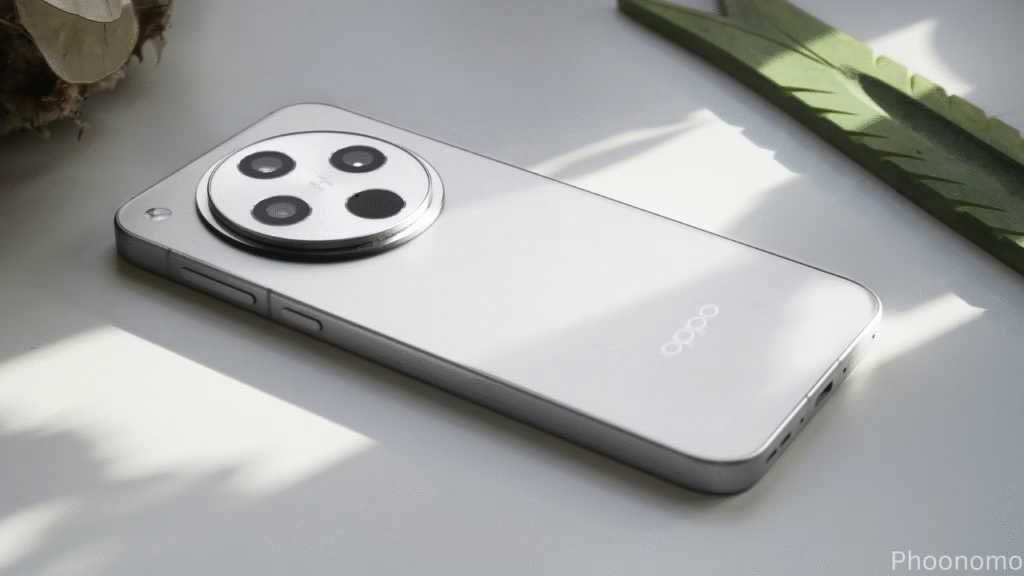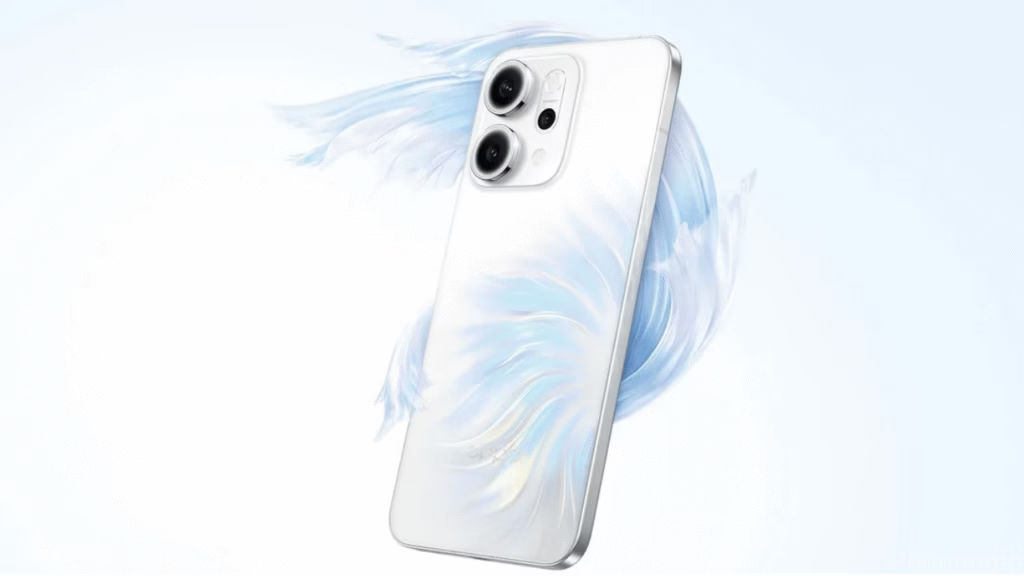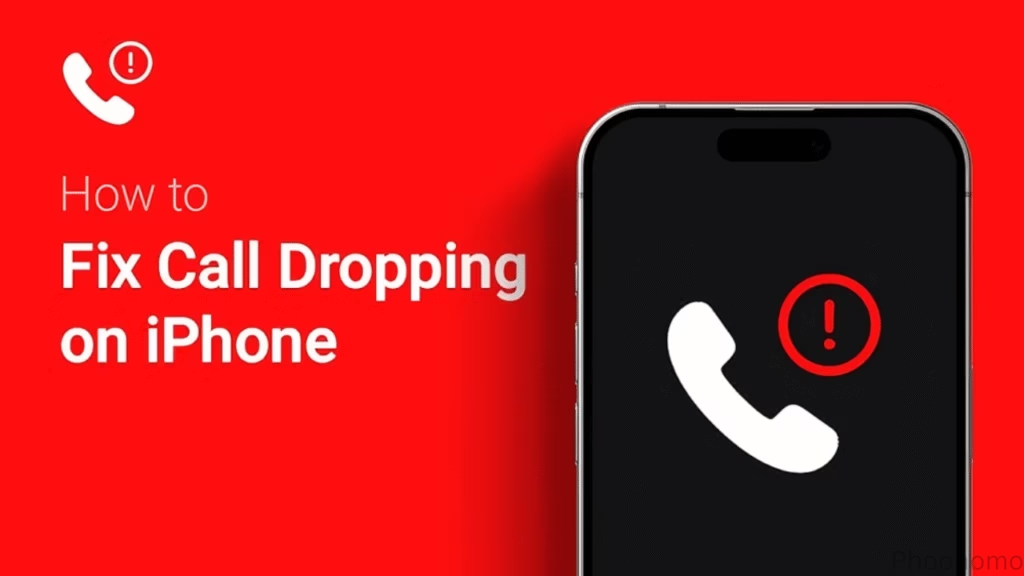You probably don’t think about your phone charger much until it breaks or your phone starts charging slower than usual. These days, there are so many phone charger types out there, it can get a bit confusing. Type-C, Lightning, Micro USB… what’s what? Let’s simplify it.
USB Type-C
If your phone was made in the last few years and it’s not an iPhone, there’s a good chance it charges with a USB Type-C. Why do people love it? It plugs in both ways (finally!) and charges faster than older types. Type-C cables also handle more power and data great for charging laptops or transferring big files.
TL;DR: Fast, reversible, future-ready.
Micro USB
Remember when almost every Android phone came with a Micro USB charger? Not so common now, but it’s still used in budget phones, Bluetooth speakers, and gamepads. It only plugs in one way (which is annoying), and it’s slower. But hey, it still works fine for basic use.
Lightning
Apple doesn’t play by Android’s rules. iPhones and iPads use Lightning cables. They’re small, reversible, and easy to use. But they don’t work with anything else, which is kind of frustrating. Newer iPhones are slowly shifting to USB-C, though finally catching up.
Mini USB
You might’ve seen these on old cameras or MP3 players. Mini USBs are chunky and outdated. You’re unlikely to use one today unless you’re charging something ancient from your drawer.
USB 3.0
This one’s more common in laptops or external hard drives than phones. But technically, you can charge phones with USB 3.0 ports. It supports faster data and better power delivery than 2.0. If you see a blue USB port on your charger, that’s usually 3.0.
Power Delivery (PD)
This isn’t a port but a charging technology. PD chargers adjust how much power your phone needs and deliver just that. It’s safe, fast, and perfect for modern phones and laptops. If your phone supports it, definitely go for a PD-capable charger it makes a big difference.
Multi-Port Chargers
Have you seen those chargers with multiple ports? They usually have USB-A and USB-C outputs. Some even support fast charging for two devices at once. These are super handy if you’re charging your phone and earbuds or a tablet at the same time.
So… Which One Should You Use?
That depends on your device. Got a new Android phone? USB-C all the way. Using an iPhone? You’ll need a Lightning cable unless you’re using the latest model with USB-C. Still rocking an old phone? Micro USB might be your best bet.
Just make sure you match the right charger type with what your phone actually supports. If you try to use a fast charger on a phone that doesn’t support it, you won’t get those fast speeds. It’s like filling a small bottle with a fire hose it won’t go any faster than the bottle allows.
FAQs
Are all chargers the same?
Nope. Different chargers support different voltages, speeds, and ports. Always check before buying.
Why is my phone charging slowly?
Maybe you’re using an old charger, wrong cable, or your phone doesn’t support fast charging.
Can I use a laptop charger to charge my phone?
Yes, if it’s USB-C and the power delivery matches. Just don’t overdo it.
Is fast charging bad for battery health?
Not really. Most phones regulate the current internally. But avoid cheap knock-off chargers.
What’s the safest charger type?
USB-C with Power Delivery is the safest and most future-proof.
Follow Phoonomo to never miss an update




Good